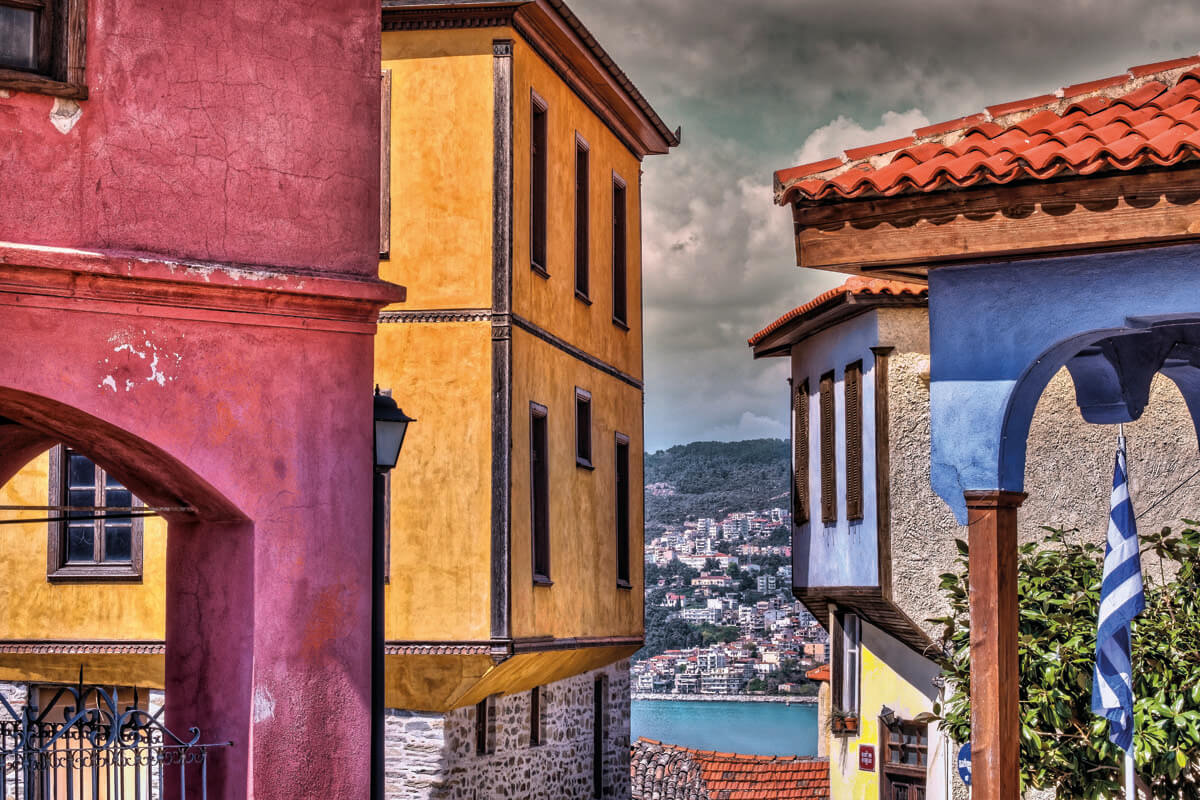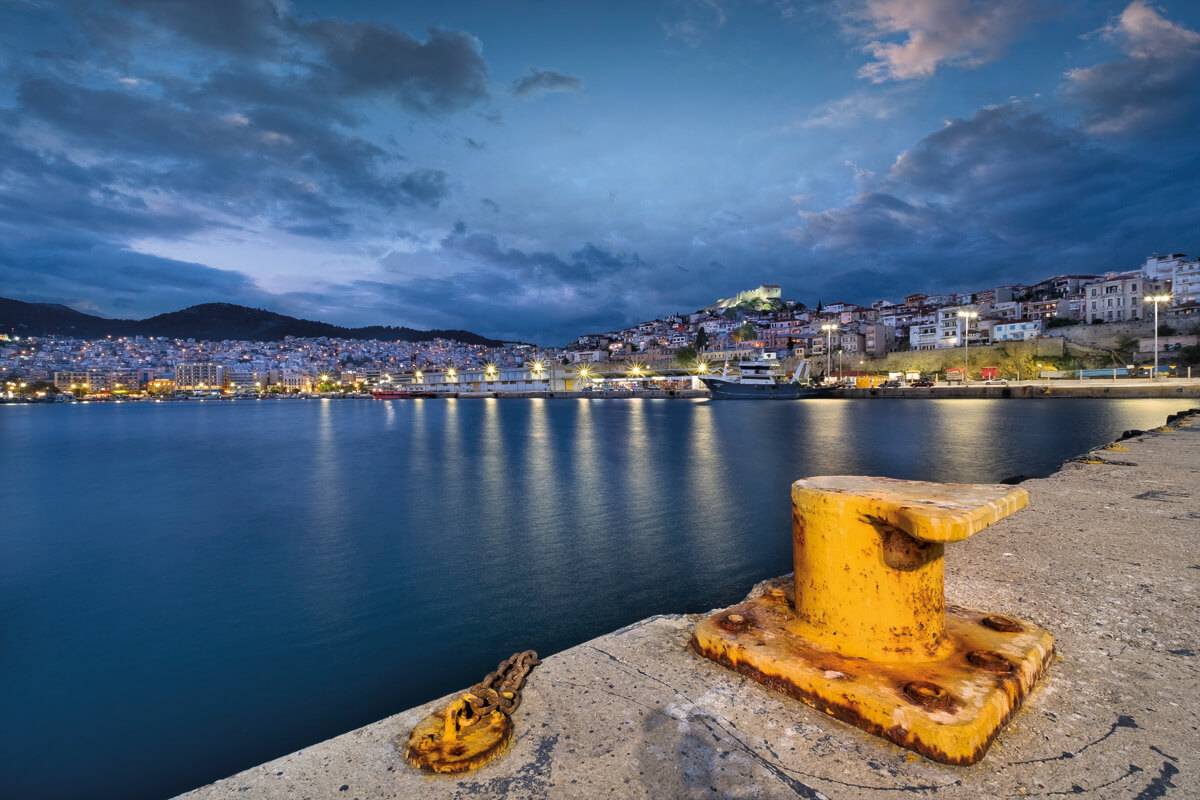Kapnergatis Square, along Kassandrou and Averoff Streets, is the second most important and central square of the town, after Eleftherias Square. In Kapnergatis Square you will find the large building of the Municipal Tobacco Warehouse, which regularly hosts exhibitions and events, as well as the monument to the tobacco worker (kapnergatis) to whom the square owes its name.
The monument was created by Dimitrios Armakolas, one of the most important contemporary Greek sculptors. It was placed in this square in 1986. It depicts figures that participated in the tobacco workers’ movement, two men and a woman, in honour of the women’s movement in the struggle. The hands are a separate sculpture, which lauds the power, speed and mastery of the hands of the tobacco worker, which symbolises the daily wage and persistence with work.
Before proceeding it is worth stopping at the roundabout to take a look at the three tobacco warehouses: The Municipal Tobacco Warehouse, built in 1910 and which housed the company Kiazim Emin & Cie. The commercial centre of the first warehouse of the Régie Company, the Ottoman Tobacco Monopoly, built in 1885. The building that today houses a popular clothes store and was formerly the tobacco warehouse of Antonios Anastasiades and was built between 1890 and 1910.
Descending to the central crossroads of Averoff Street, on the right is Kyprou Street. As you walk along the cobbled road, you will encounter successively Lazariston Monastery, the Wix Building, the Town Hall, the Megali Leschi and the Tokos Building. Continue to the right along Philippou Street to see the Zachos building followed by a series of tobacco warehouses from the early 20th century.
A few words on the last buildings: The Catholic monastery of St Paul, or Lazarist Monastery of St Vincent de Paul, was built between 1888 and 1892 to serve the needs of the former Catholic community. The Wix building was built by the German Baron Adolf Wix and contained his business headquarters and house. The Town Hal was built at the end of the 1890s. It formerly belonged to the Hungarian tobacco baron Pierre Herzog and was used as his business headquarters and house. The Megali Leschi was founded in 1910 by the Philoptochos Adelfotis Kyrion Kavalas (Kavala Women’s Charity for the Poor) to house the the Greek Community of Kavala Club and is a exquisite example of Austrian baroque in Europe. The Μέγαρο Τόκου χτίστηκε από τον καπνέμπορο Δημήτριο Τόκο το 1879 ως οικία του και, αντίστοιχα, το Tokos Building was built by the tobacco merchant Dimitrios Tokos as his residence in 1879, while the Zachos Building was the home of the tobacco merchant Zachos Zachou. It is a great example of Athenian neoclassicism, dating from approximately 1900.
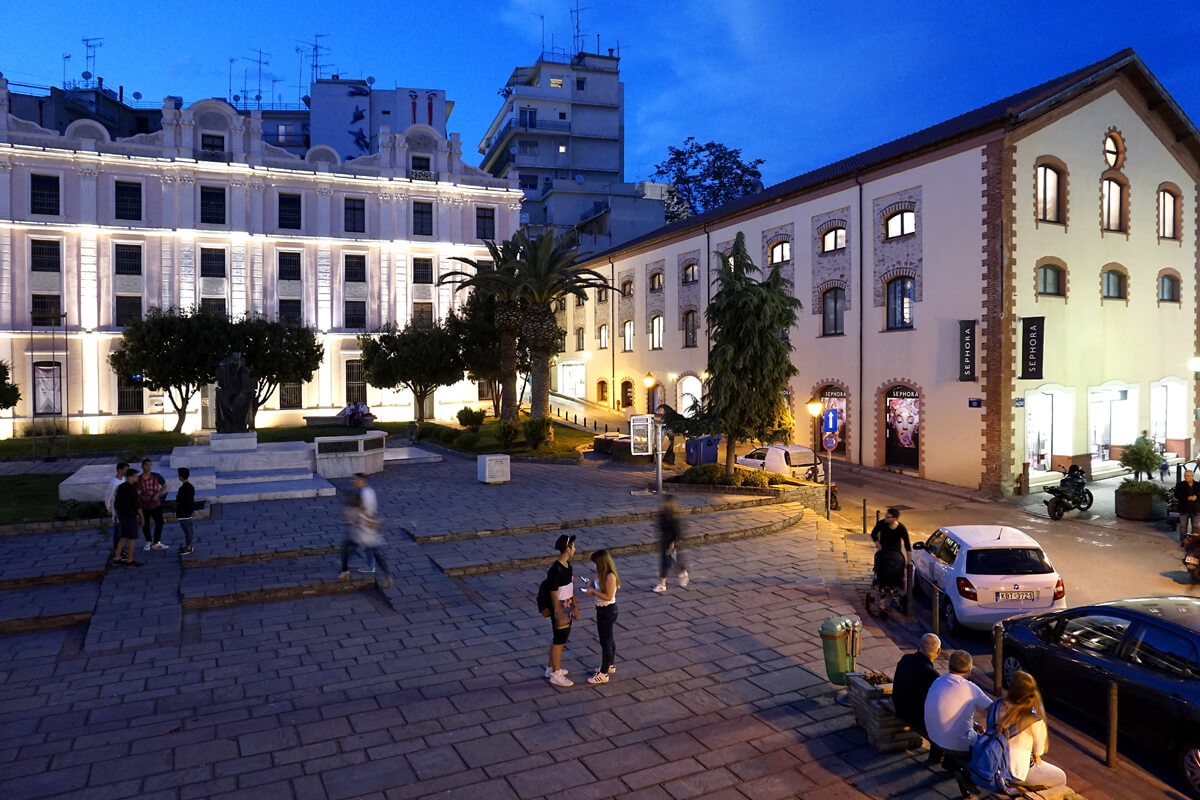
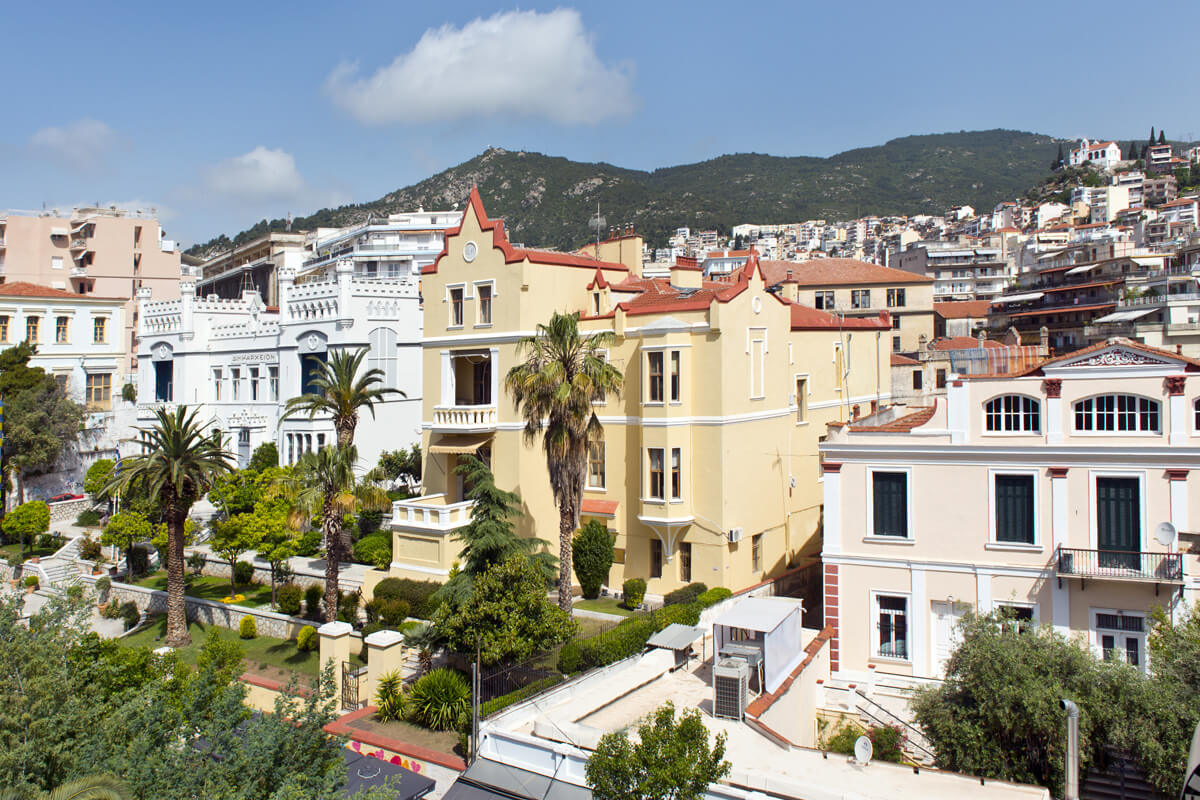
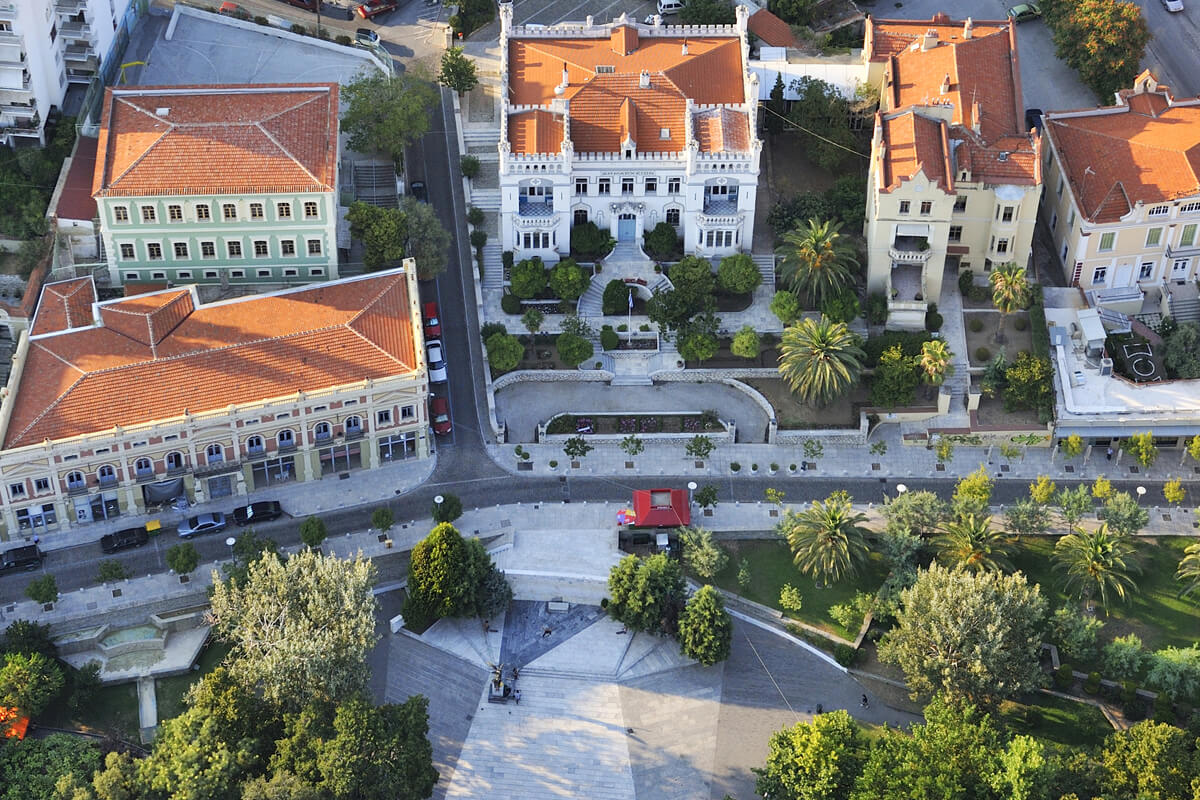

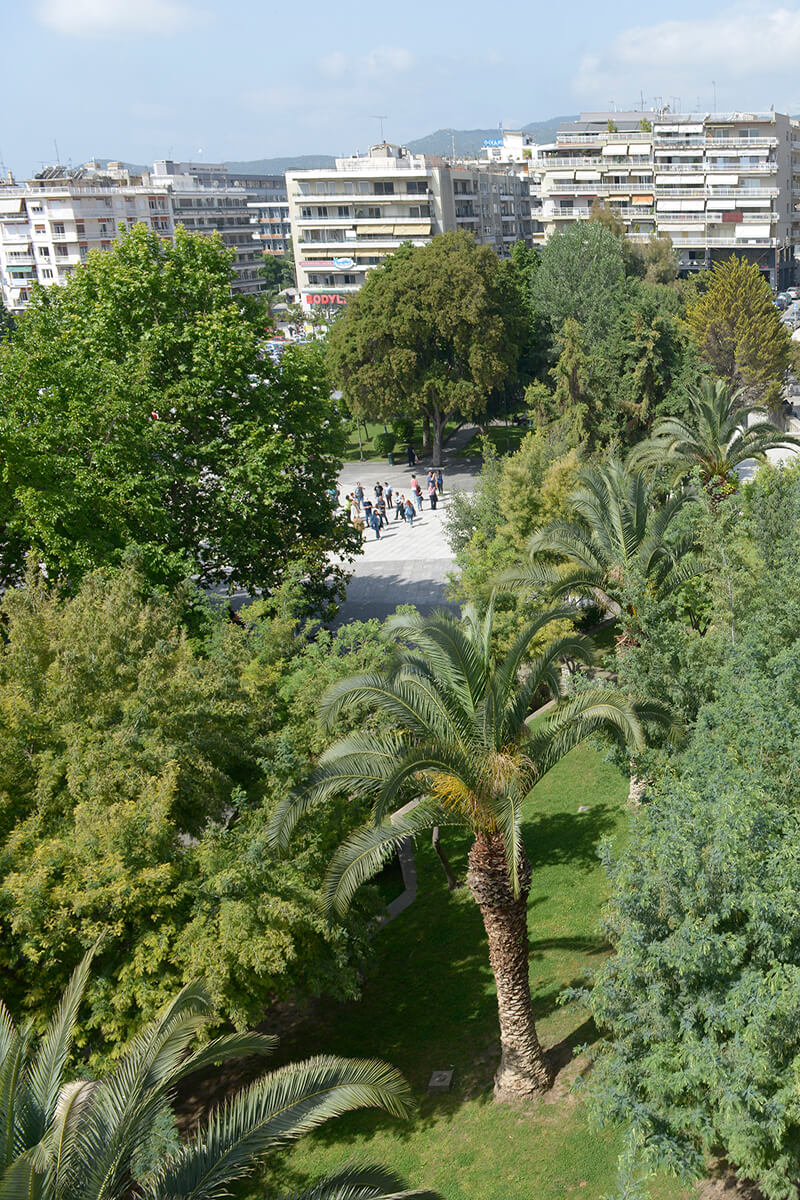
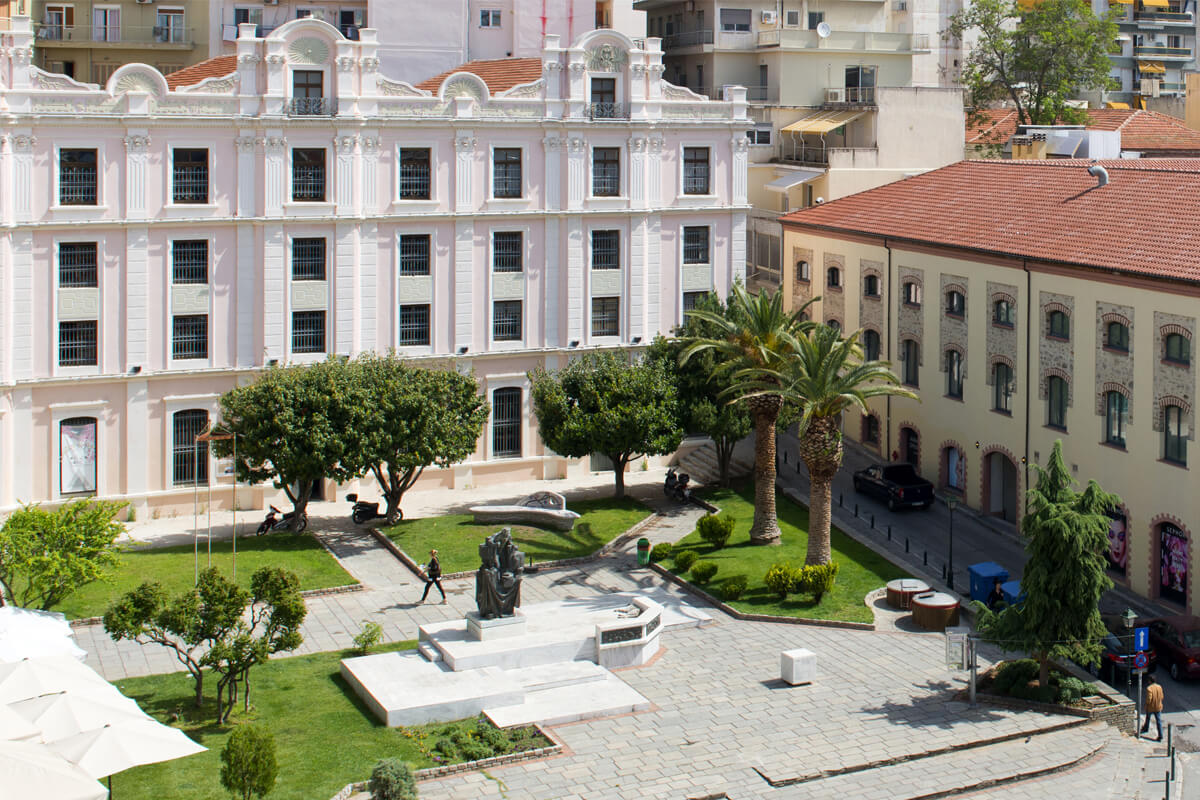
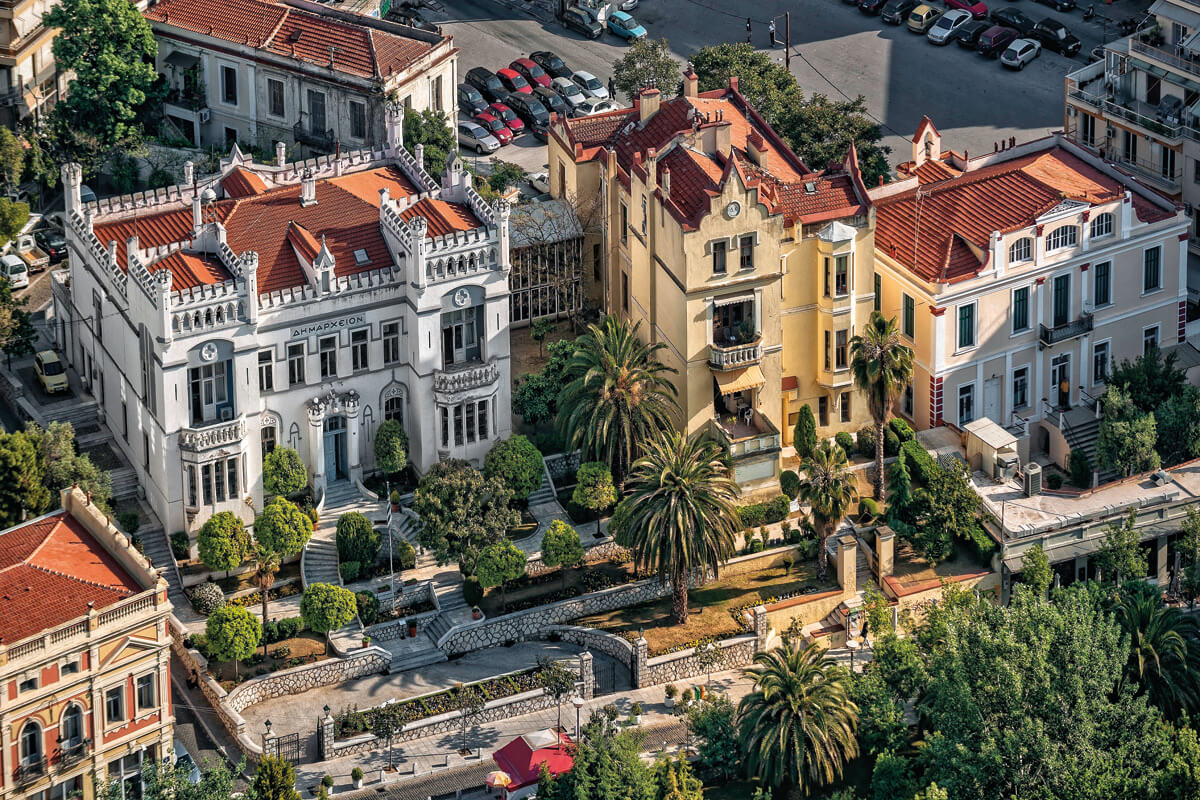
 Cross the Municipal Park directly beneath Kyprou Street to see the wonderful statue of winged Nike, by Ioannis Parmakelis.
Cross the Municipal Park directly beneath Kyprou Street to see the wonderful statue of winged Nike, by Ioannis Parmakelis. 